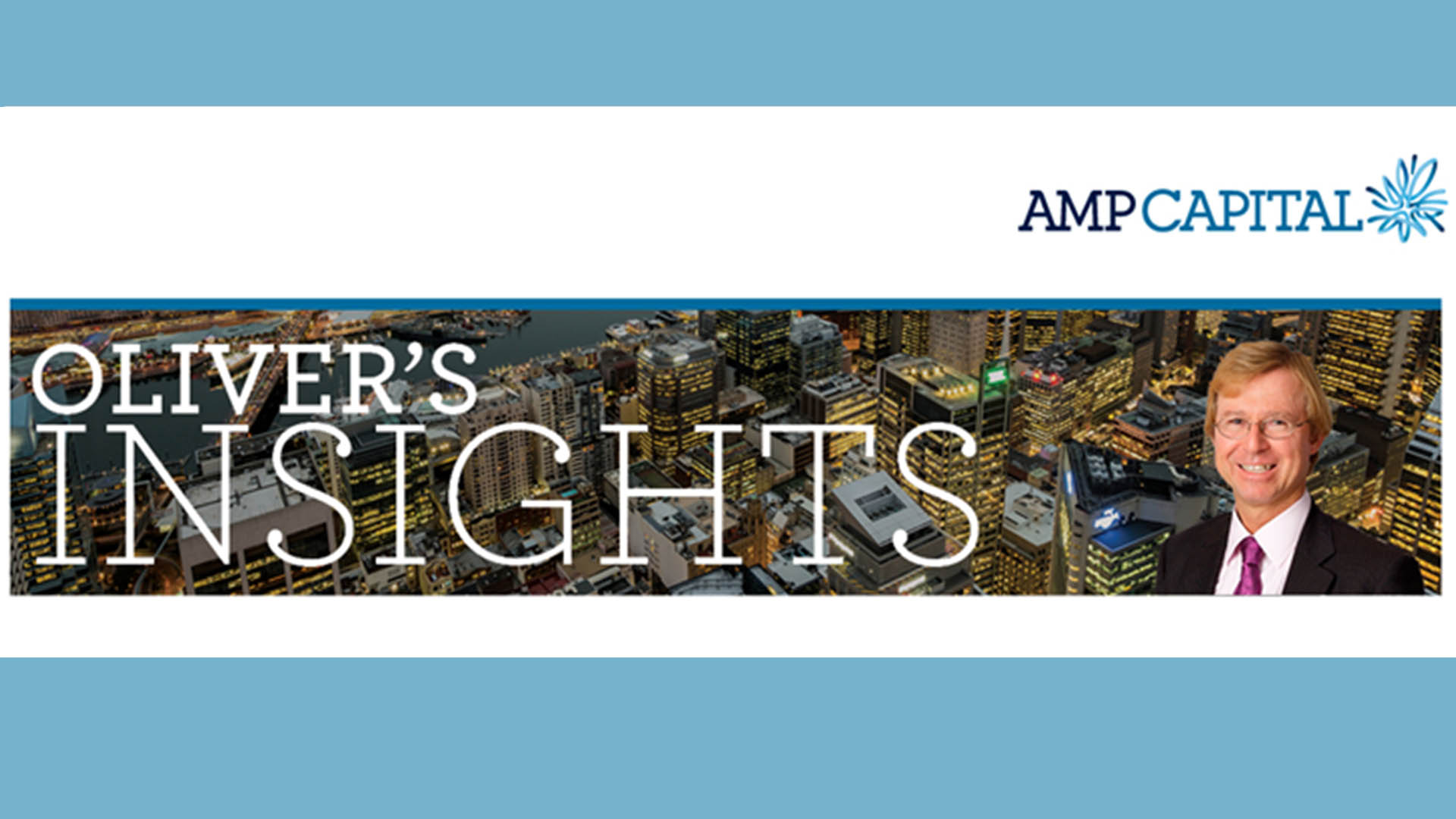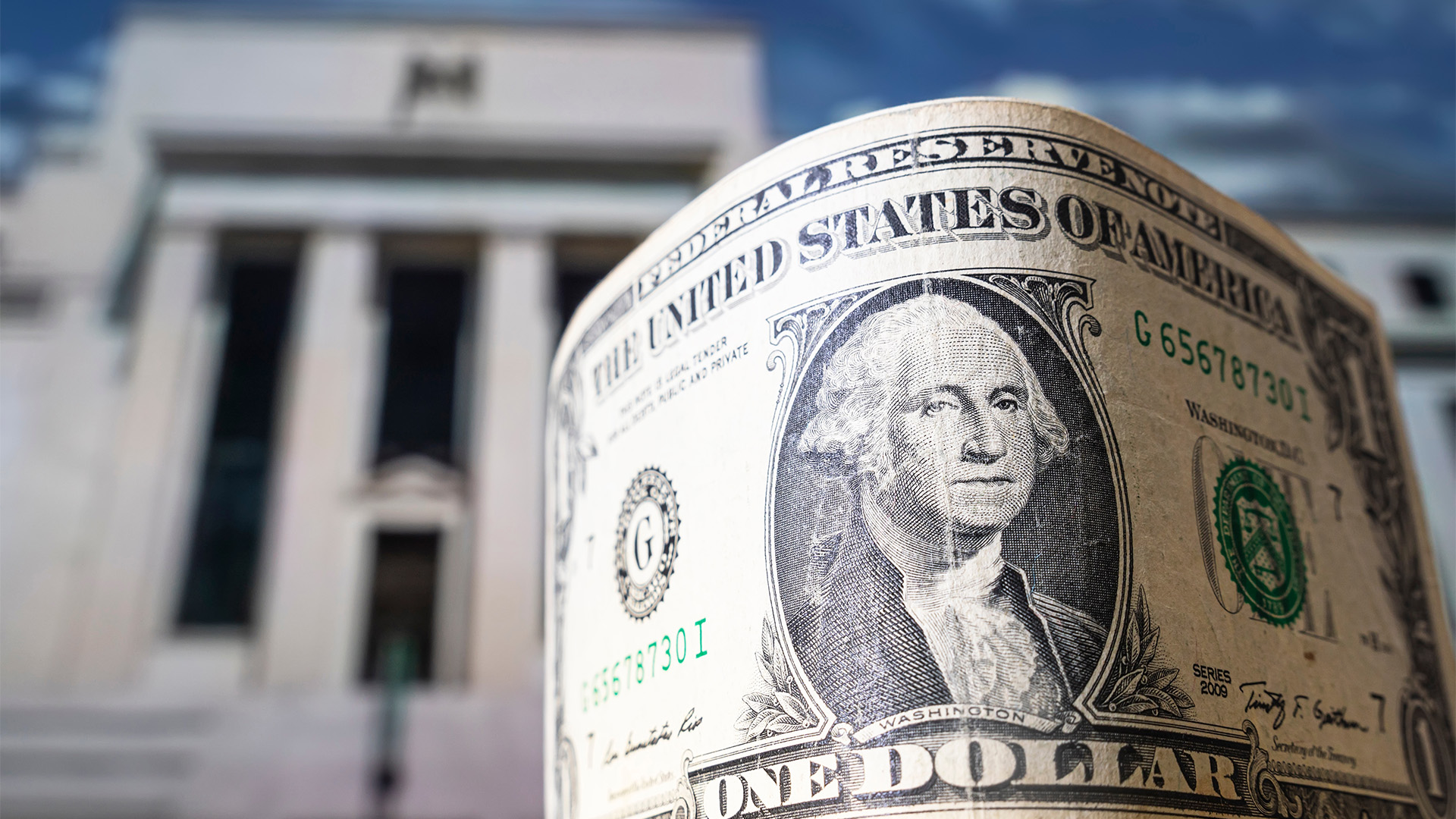In Cup week we got a fitting interest rate rise trifecta after the Bank of England (BoE) followed the US Federal Reserve and the Reserve Bank of Australia in lifting key rates.
And at the end of it, we should be putting all those analysts, economists and other ‘experts’ in their proper place and shushing them when they try and tell us what the central banks are going to do – such as the ‘pivot’ story from the US this week about how the Fed was going to have one big rise and then reveal a plan to move to smaller increases.
The Fed chair, Jay Powell blew that fantasy out of the water and until there is conclusive evidence of a sustained fall in inflation, the fairytale-spinners should remain silent, especially in the US and Australia.
In Britain it’s a very different story as The BoE joined the Fed in boosting its rate by 0.75%, after the RBA lifted its rate by 0.25%.
Judging by the remarks by the three central banks and the size of the rate increases, the Australian economy remains best placed as we head towards the end of an unprecedented 2022.
The Bank of England reckons the UK is already in a “prolonged recession” that could last two years, the US economy is still strong, and looking at a possible federal funds rate of 5% by next March – this week saw the rate raised to a top of 4%. And the Australian economy is still generating huge trade surpluses (more than $12 billion in September), a solid jobs market but rising energy prices.
Recessions are not on the cards yet in the US and Australia, but the UK is looking at two years underwater thanks to the surge in energy costs, weakening demand and political incompetence.
Thursday’s 0.75% rise was the BoE’s biggest since 1989 as it warned of a “very challenging” outlook for the economy with inflation forecast to hit a 40-year high of around 11% during the current quarter from the present level of 10.1%.
The Australian rate is forecast to hit 8% this quarter – a possible peak, while the US inflation rate peaked at 9.1% in June and has been falling slowly ever since.
“Further increases in Bank Rate may be required for a sustainable return of inflation to target, albeit to a peak lower than priced into financial markets,” the BoE said in what was unusually specific guidance to markets. “The Committee continues to judge that, if the outlook suggests more persistent inflationary pressures, it will respond forcefully, as necessary,” the MPC added.
That was similar in tone to the Fed’s guidance in its post meeting statement, but not as blunt as the comment from chair Jay Powell “It’s very premature in my view to be thinking about or talking about pausing our rate hike. We have a ways to go,” adding “incoming data since our last meeting suggests that the ultimate level of interest rates will be higher than previously expected.”
And while Powell signalled that future rate hikes may come in smaller increments, he also said the “ultimate level” of the benchmark policy rate (the federal funds rate) would likely be higher than previously estimated.
In Australia, the final words of Tuesday’s post meeting statement from RBA Governor Philip Lowe made it clear:
“The Board expects to increase interest rates further over the period ahead. It is closely monitoring the global economy, household spending and wage and price-setting behaviour.
“The size and timing of future interest rate increases will continue to be determined by the incoming data and the Board’s assessment of the outlook for inflation and the labour market. The Board remains resolute in its determination to return inflation to target and will do what is necessary to achieve that.”
So more rate rises are now firmly in market thinking here, in the UK and in the US – and in the EU where another 0.75% rate rise is on the cards at the next meeting of the European Central Bank in mid-December.
This week has bashed down the rally building in sharemarkets and some commodities that the Fed would slow the pace of rises, allowing for an upturn in prices. That would in turn lower or reverse the strong rise in the value of the greenback.
Gold falling back to two and a half year lows late in the week is evidence that even fantasists in that market got the message – even if there’s still the misapprehension that gold is a store of value in times of high inflation – not when it is priced in US dollars and the US Fed is effectively setting the price every six weeks with rate decisions.
Hard as it is to comprehend, Australia and the US, confronted by high inflation and rising interest rates – and political disfunction in the case of the US – do not have the problems the UK has.
The labour markets in Australia and the US remain resilient – the question remains for how long – economic activity in both countries continues to generate demand for labour and there are still shortages, wages are not getting out of hand, corporate profits are OK and the trade accounts of both countries are doing well.
Contrast that with the UK where the month long “Truss experiment” almost crippled the economy and triggered a massive financial crisis. That has calmed down with a change in leadership, but the economy is worse for that fleeting brush with near death.
UK government borrowing costs broadly back to where they were before the turmoil. and on Tuesday, the BoE was able to begin selling bonds from its 838-billion-pound quantitative easing stockpile – a form of monetary policy tightening, albeit at the edges.
But the fundamental problems remain: consumer price inflation hit 40-year high of 10.1% in September, and is likely to have risen further last month when regulated energy prices rose – despite costly subsidies to limit the increase.
At the same time, the economy is slowing sharply, as soaring inflation limits consumer spending on non-essential items and rising rates hit housing and other areas of consumer spending (cars).
The BoE estimates that Britain’s economy entered recession in the third quarter of 2022 and that the recession will last until the middle of 2024, causing the economy to shrink by 2.9%. Unemployment would rise steadily to 6.4% by late 2025, up from 3.5% now, its lowest since the mid-1970s.
If the BoE does not raise rates higher, the recession could be shorter – with a cumulative loss of output of around 1.7%.
New Prime Minister Rishi Sunak has said there will need to be a squeeze on public spending and potentially higher taxes, the scale of which will not be clear until a fiscal statement on November 17.
Energy subsidies are due to end in their current form in April, but the BoE in its forecasts assumed they would continue at roughly half their current size, avoiding a sharp further rise in inflation next year.
UK retail sales are weakening, unemployment is edging higher and confusion still reigns.
At least Australia has none of that – the current arguments over energy costs can be much easily settled here than they can in the UK and we don’t have the looming return of political disfunction that the US faces after next Tuesday’s mid-term elections that are tipped to see the Trump denialists and other Republicans take control of Congress.
But interest rates are going to continue rising. Vlad Putin throwing in the towel in Ukraine and ending his invasion would trigger an almighty boom for sharemarkets, see commodities, led by oil, gas and coal slump and drag inflation (and Australia’s trade balance) lower. That’s the ultimate, unstated fantasy.













